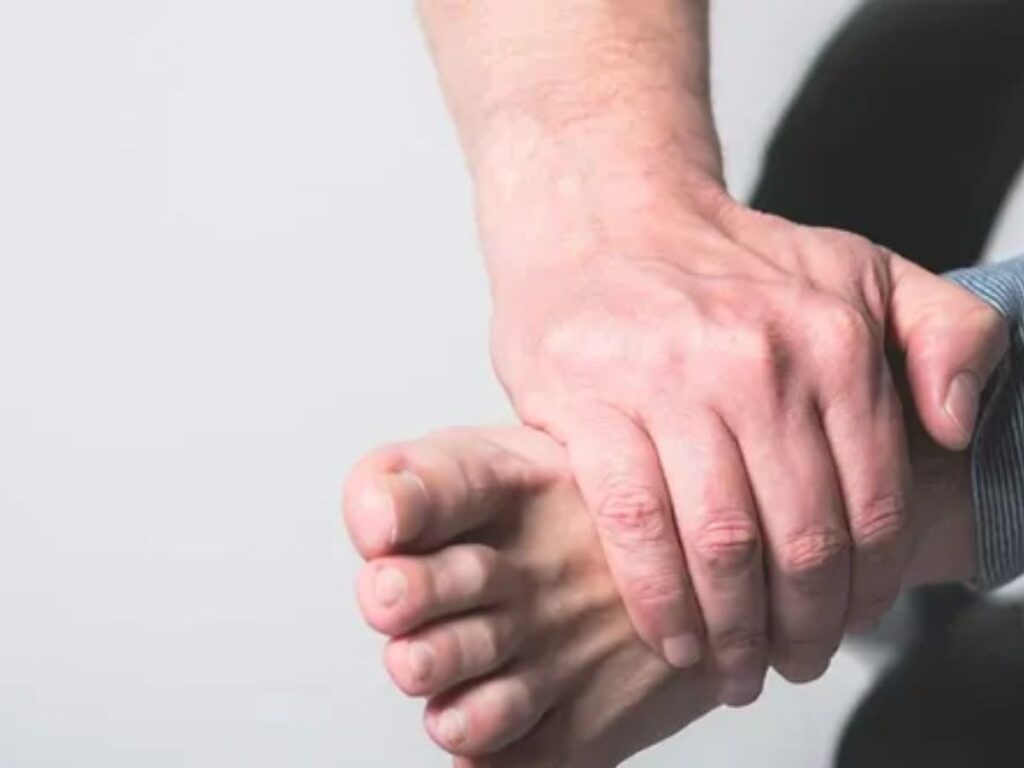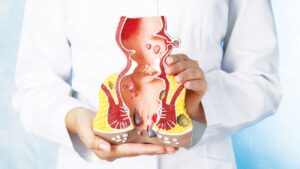From Cold Toes to Heart Risks: The Link Between Feet and Blood Flow

From Cold Toes to Heart Risks: The Link Between Feet and Blood Flow
Your feet and your heart are more connected than you think. A healthy heart needs healthy feet. The heart pumps blood to every part of your body, from your head to your toes. If your feet are not getting enough blood, it could be a sign of a bigger health problem.
Foot health can show early signs of serious illnesses like heart disease, peripheral artery disease (PAD), diabetes, and nerve damage. Poor blood circulation in the feet can make them feel cold or numb, and the skin may change color, turning red, blue, purple, or white. These symptoms can be constant or get worse in certain situations, like sitting still for too long or being out in cold weather.
What Poor Circulation Looks Like
Poor circulation in the feet can cause dry or cracked skin, hair loss on the legs or feet, weak toenails, and slow-healing wounds. These symptoms often happen because blood is not flowing properly to the lower parts of the body.
Conditions That Can Affect Foot Circulation
One cause is Raynaud’s disease, where blood vessels tighten in cold weather or during stress. This limits blood flow to the toes and fingers, making them cold, numb, painful, or even blue in color.
Another is acrocyanosis, a rare condition that causes toes to turn blue and feel cold and clammy due to restricted blood flow.
Diabetes can also damage blood vessels if blood sugar stays high for a long time. This may lead to poor circulation, foot ulcers, and slow healing.
Arteriosclerosis, hardening of the arteries, can make it hard for blood to flow, sometimes leading to PAD. PAD can cause leg pain, weak toenails, pale or blue feet, and in severe cases, tissue death or amputation.
Risk Factors for Poor Foot Circulation
Smoking, high cholesterol, and high blood pressure all make circulation worse. Smoking in particular damages blood vessels and increases the risk of PAD. Stress, caffeine, and alcohol can also tighten blood vessels and make symptoms worse.
How Doctors Check Circulation
Doctors may check your medical history, examine your feet, and test how well blood is flowing. For PAD, they compare blood pressure in your arms and ankles. For diabetes, blood sugar or urine tests are used. Raynaud’s and acrocyanosis are often diagnosed through physical exams or cold tests.
Ways to Improve Circulation
If there’s an underlying medical problem, treating it is most important. Otherwise, moving more, stretching, massaging your feet, and staying warm can help. Avoiding smoking, caffeine, and alcohol can also improve blood flow. Wearing compression socks may help push blood back toward the heart.
When to See a Doctor
If your feet stay cold, numb, discolored, or swollen, it’s time to see a doctor. Sudden swelling, pain in the calf, warmth, or skin color changes may be a sign of deep vein thrombosis, which needs urgent medical care.
Your feet can reveal a lot about your overall health. Ignoring changes in them can mean missing early warnings about your heart and blood circulation.












